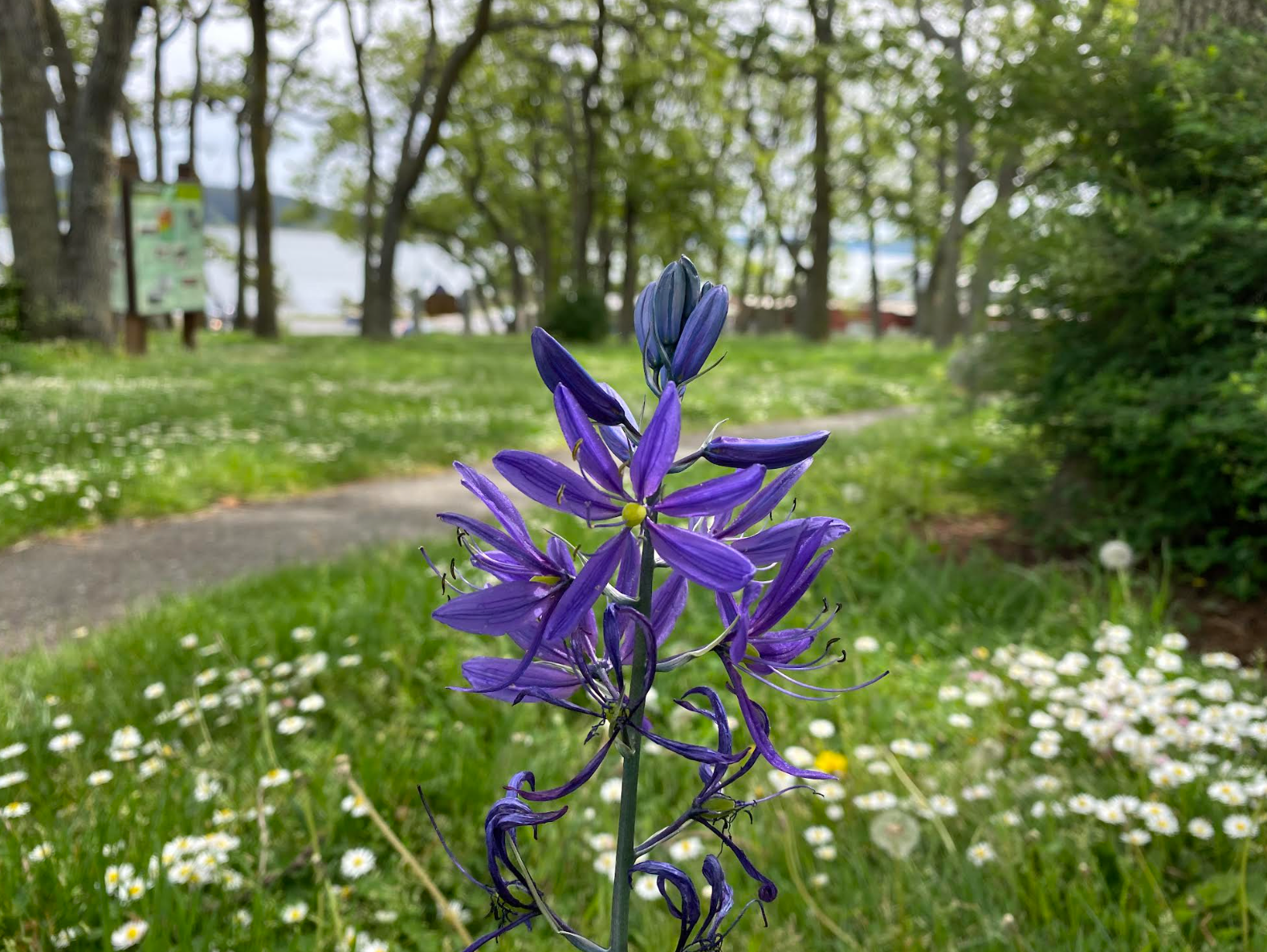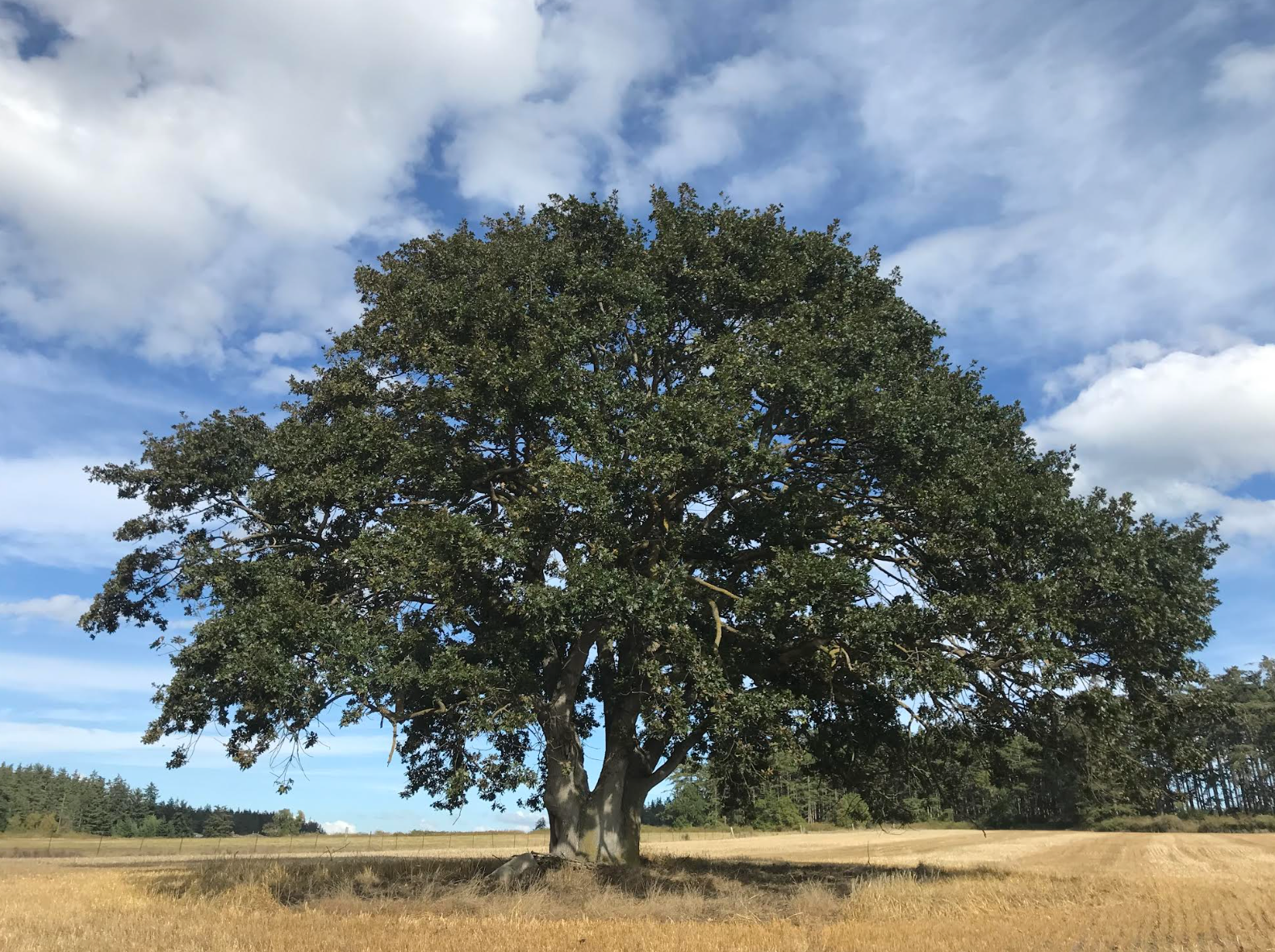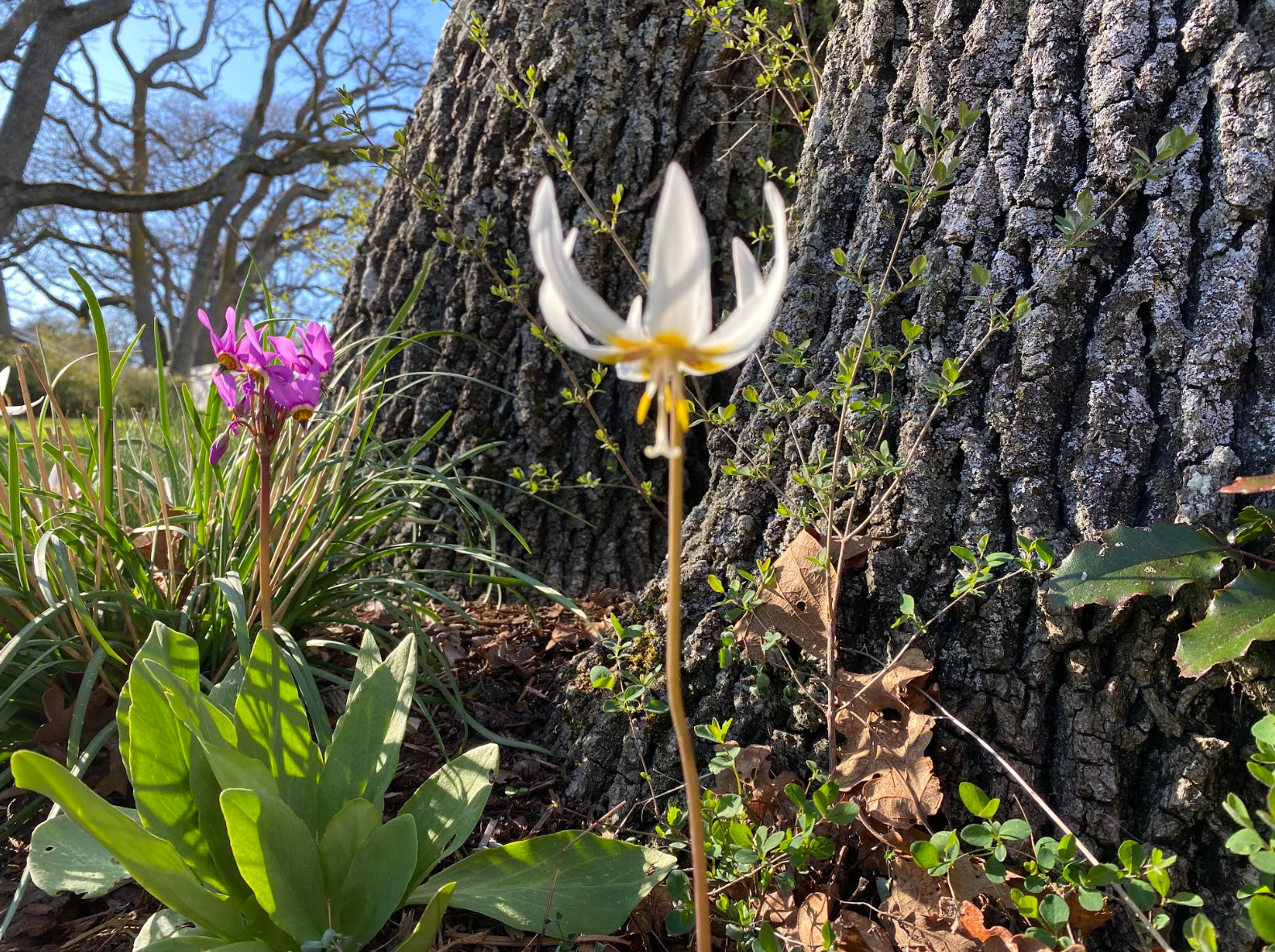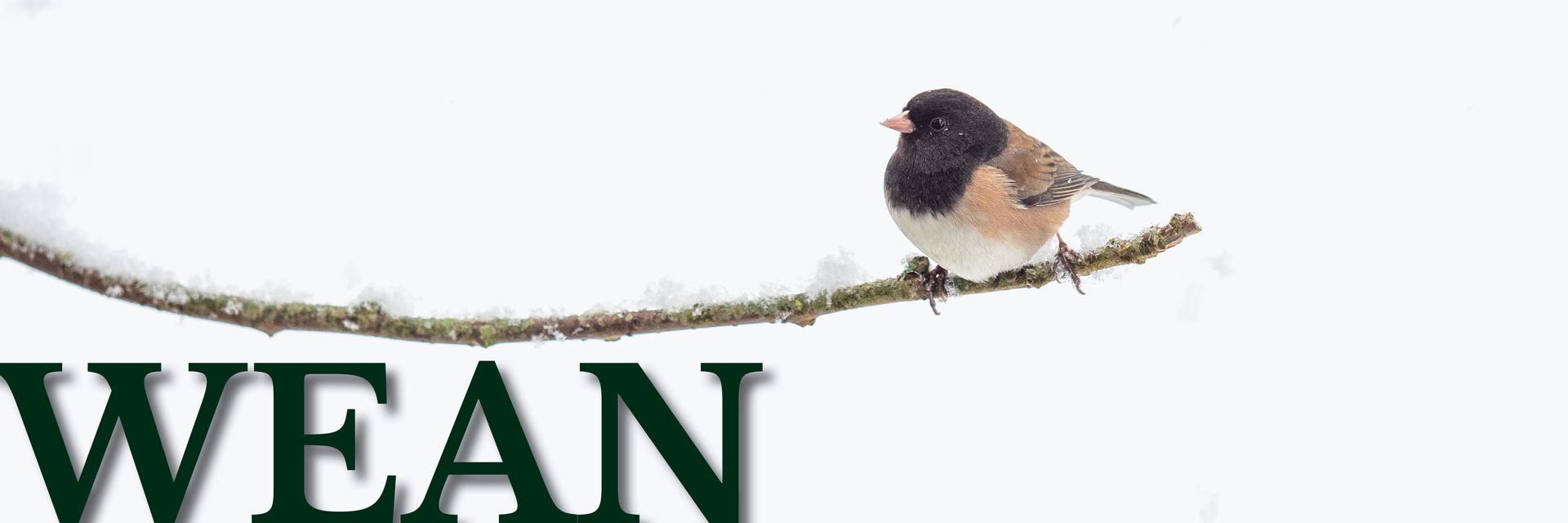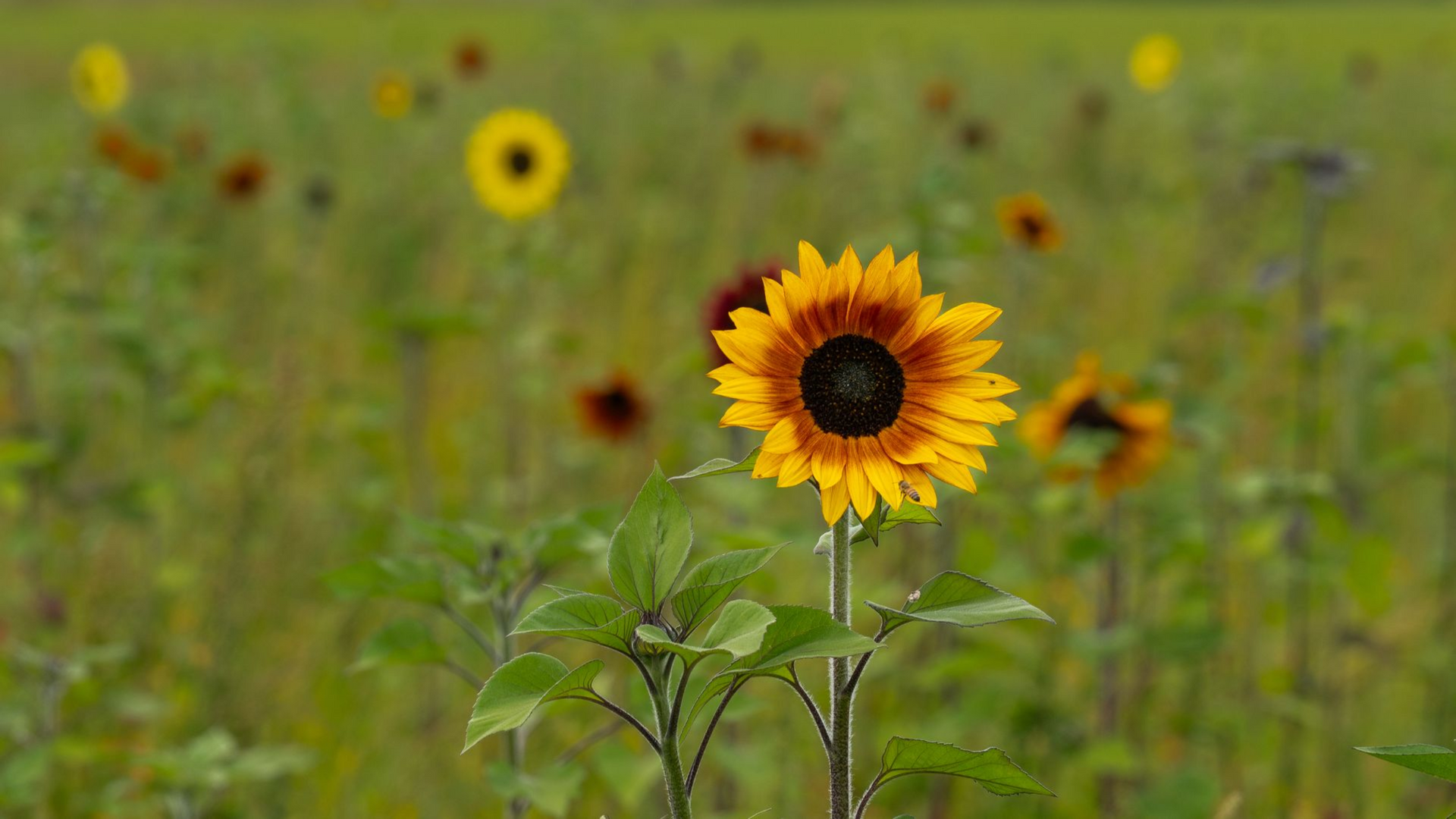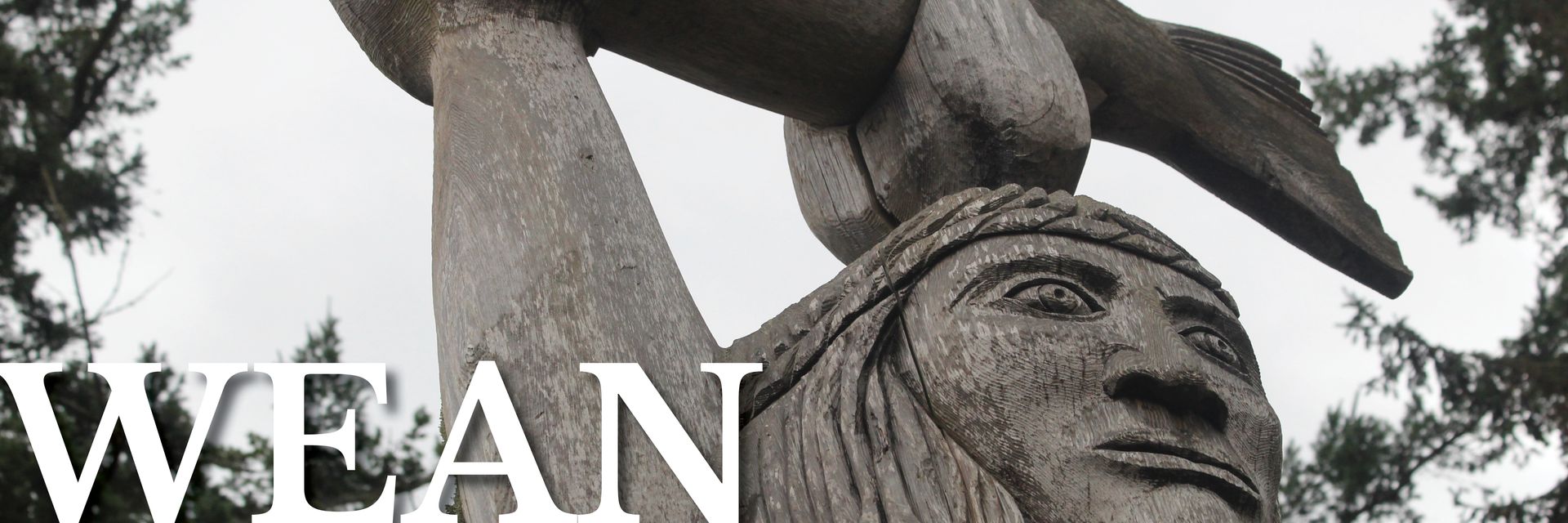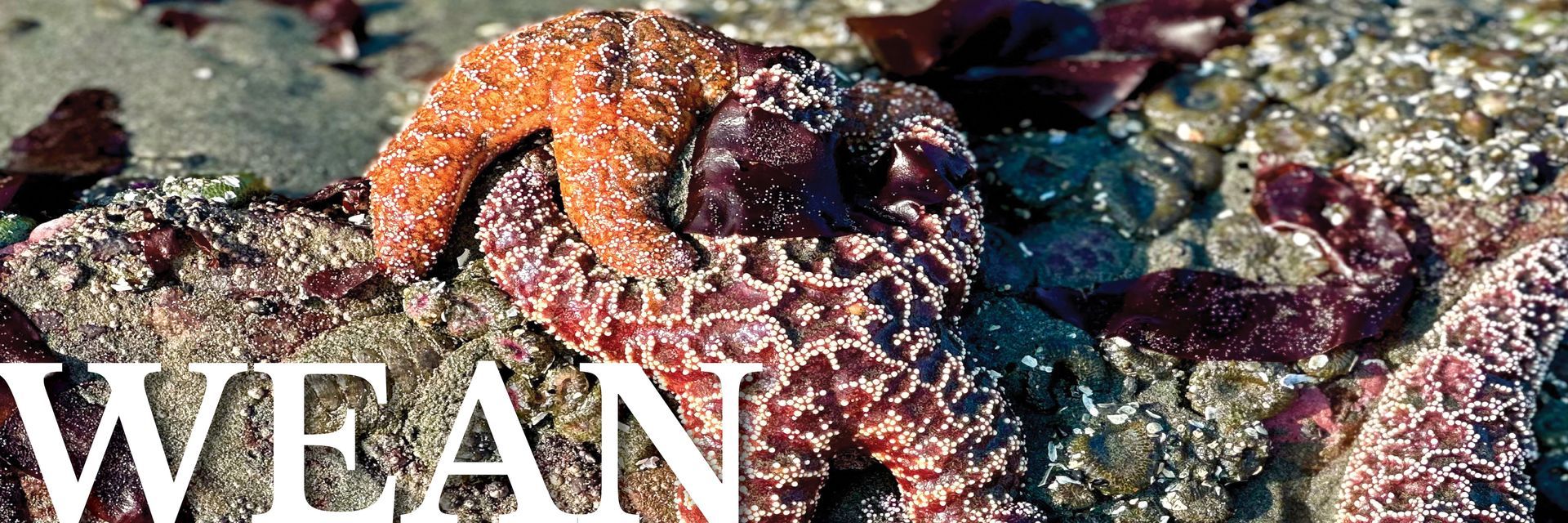Garry Oak – An Incredible Native Tree of Our Island

Images and article courtesy the
Oak Harbor Garry Oak Society
Did you know that Washington State has only one native oak tree? Up and down Whidbey Island, the Oak Harbor Garry Oak Society, an all-volunteer nonprofit established in 2016, is busy planting, protecting, and educating about Garry oak trees so they will continue to thrive on our island for future generations.
Garry oak, Quercus garryana, is a beautiful, white oak tree native to the Pacific Coast of North America. They can grow to be quite large, with mushroom-shaped canopies of green leaves and sturdy trunks wrapped in bark that is white to grayish in color and distinctly furrowed. You will find them growing from Vancouver Island, British Columbia to Southern California. Garry oak is the only native oak in Washington and British Columbia, and the principle native oak of Oregon.
Garry oaks can grow in a variety of soil conditions from dry, rocky slopes or bluffs, to deep-soil meadows. Once established, Garry oaks are naturally drought tolerant, ever more important in the context of a warming climate. They prefer sunny locations that will not be shaded by other trees.
Garry oak ecosystems provide an incredibly rich habitat for wildlife. Intact Garry oak ecosystems with Garry oak trees and associated understory ecosystem plants have become rare, and in some locations are critically imperiled and at risk of extinction. These special trees and their ecosystems are worth planting and preserving for future generations.
The Garry oak ecosystems we see today are of Native American origin, who since time immemorial have tended Garry oak ecosystems and encouraged their growth. Garry oak habitats were historically managed by tribes with frequent low intensity fires, and manually digging. Once the tribes were forced off their land these practices were substantially diminished while widespread logging and farming by settlers began to create huge impacts. Thus began the long decline of these important habitats.
The tree also has its own names in the languages of Native Americans. Garry oaks thrived in the landscape providing acorns for food from the canopies above while wildflowers such as camas and chocolate lily grew below – all providing important carbohydrates to their diets. Beyond food, commonuses for the tree include firewood, tools, medicines, and basketry dyes.
Like many plant species, this tree goes by many names of a range of origins including tribal, common English, and Latin scientific. The Garry oak’s Latin scientific name, Quercus garryana, was bestowed by Botanist David Douglas in the early 1800’s to honor of his friend, Nicholas Garry, an officer in the Hudson Bay Trading Company.
The tree has several common English-language names including Garry oak, Oregon oak, Oregon white oak, and white oak. We have found that it is more typical to hear this species commonly referred to as “Garry oak” in British Columbia and Washington, and “Oregon oak” or “Oregon white oak” in Oregon and California.
A Garry oak can grow to be 60 feet high or more, with a trunk diameter up to 40 inches. Most Garry oaks have a single trunk but can occasionally produce two or more trunks. The crown often appears to have a mushroom shape. Bark on a mature Garry oak is a silver-grey color, rough textured, with thick furrows.
Over time, tree branches will naturally take sharp twists or even corkscrew-like turns as the tree grows. This growing characteristic gives the Garry oak a distinct, contorted look that becomes more noticeable with age. Garry oak leaves are leathery and deeply lobed with shiny, dark green tops and yellowish- green undersides. The tree is deciduous, with the leaves turning brown and falling in the autumn.
Separate male and female flowers are grown on the same tree. Long male flowers, called catkins, hang in strands from branches and are covered in yellow pollen grains. Tiny pink female flowers hold the tree’s eggs. Flowers are wind-pollenated in spring.
Beginning around age 30 years, a Garry oak will produce acorns. Acorns are the fruit of the oak tree. Acorns are usually 2.5-3 cm long, cup (cap) covering 1/5-1/4 of the nut. An olive-green color, acorns first appear mid-summer and continue to increase in size. They are oval to round with a smooth surface. Once fully developed, acorns turn a coffee-brown color and begin to separate from the cap and fall from the tree. Acorns are edible but must first be treated to leach out the bitter tannins from the nut.
When it comes to habitat value, Garry oaks are a species of merit that you can plant in your own yard. The acorns they produce provide food for wildlife such as Western gray squirrels, turkeys, voles, various birds, and deer. Due to their ecosystem plants, plus the lichens and mosses draping an oak’s trunk and branches, they provide a rich environment for insect communities. As a healthy Garry oak can grow to be hundreds of years old, you’ll be planting a legacy tree that will grow for generations to come.
What can you do to get involved?
Learn more, become a member, and donate on the Garry Oak Society’s website:
https://ohgarryoaksociety.org/
Explore Oak Harbor’s ancient oak trees on a fun, self-guided tree tour:
https://ohgarryoaksociety.org/oak-tree-tour/

